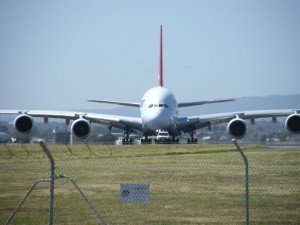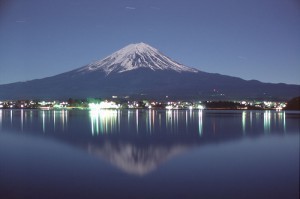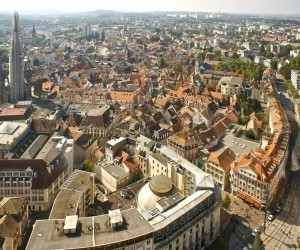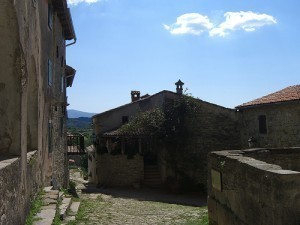Bagan Temple Sizes
Located in the Mandalay Region of Myanmar (Burma), the 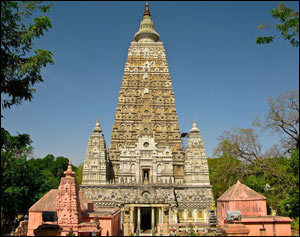 ancient city of Bagan was once the capital of the Bagan (also called Pagan) Kingdom, which ruled from the 11th to 13th centuries. These ruins are remarkable for the 4,400 temples built within the entire 26 sq ml area, 2,200 of which still remain standing.
ancient city of Bagan was once the capital of the Bagan (also called Pagan) Kingdom, which ruled from the 11th to 13th centuries. These ruins are remarkable for the 4,400 temples built within the entire 26 sq ml area, 2,200 of which still remain standing.
Shwezigon Paya started construction in 1060 AD under King Anawratha, the founder of the Pagan dynasty, but wasn’t completed until 1090 during the rule of Kyanzittha, the dynasty’s 43rd king. It is believed that bones, teeth and hair from Gautama Buddha himself are enshrined in the Shwezigon Pagoda. Its sandstone blocks measure 38x26x8 cm (15x10x13 in) on average, stupas standing at 160 ft, and a square base measuring 160 ft on each side.
Ananda Pahto was constructed by King Kyanzittha from 1090 to 1105 AD. Tradition has it that the king was inspired to build the Buddhist temple after he was visited by eight Indian monks, hearing of their experiences living in the fabled Nanadamula cave in the mountains of the Himalayas. Modeled after the said cave, the Ananda Temple’s central square measures 53 m (175 ft) long, and its gabled porches protrude some 17 m (57 ft) from each of the square’s faces. Its main building stands 10.5 m (35 ft) in height, while its central tower measures 51 m (167 ft). The temple’s overall length from end to end is around 88 m (290 ft).
Thatbyinnyu Temple was built during the mid-12th century, during the rule of the Pagan dynasty’s 43rd king Alaungsithu. It had two main storeys, the second of which bears the image of a seated Buddha. Placed adjacent to Ananda Pahto, it is the tallest of the Bagan temples, standing at a height of 61 m (200 ft).
Shwegugyi Temple was built in 1131, also during King Alaungsithu’s reign. Constructed on a 3 m (13 ft) brick foundation, the temple’s name literally means “Great Golden Cave.” According to the inscription on two stone slabs detailing the temple’s history, it was completed in 7 months.
Dhammayangyi Pahto was built under the auspices of King Narathu, 45th ruler of the Pagan dynasty. The son of King Alaungsithu, Narathu was said to have come to power by murdering his own father, as well as his elder brother, Min Shin Saw. Legend has it that he had the temple constructed in atonement for his sins. Also known as the Dhammayan, the temple is the largest and widest of the Bagan temples; each side of its outer walls extends to a length of 255 ft, while its central core measures around 82 ft on each side. This is ironic considering that the Dhammayan never really finished construction.
Gawdawpalin Temple began construction during the 12th century under the reign of King Narapatisithu, but was only completed during the rule of the Pagan dynasty’s 48th king Htilominlo. With a layout similar to that of Thatbyinnyu Temple, the 2-storey Gawdawpalin is also the second tallest Bagan temple, measuring 60 m high. An earthquake in 1975 had destroyed the structure, as had happened to many of the other temples, but it has been restored since then.
Htilominlo Temple was built from 1211 to 1218, during the rule of King Htilominlo (for which the temple is of course named). The 3-storey temple stands at 46 m (150 ft). Constructed using red brick, Htilominlo Temple is also noted for its intricate plaster moldings and the four Buddhas placed on its first floor. Same as Gawdawpalin Temple, it had likewise sustained damage from the 1975 earthquake, but it has also since been repaired.
